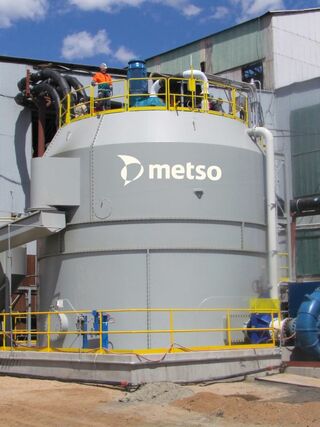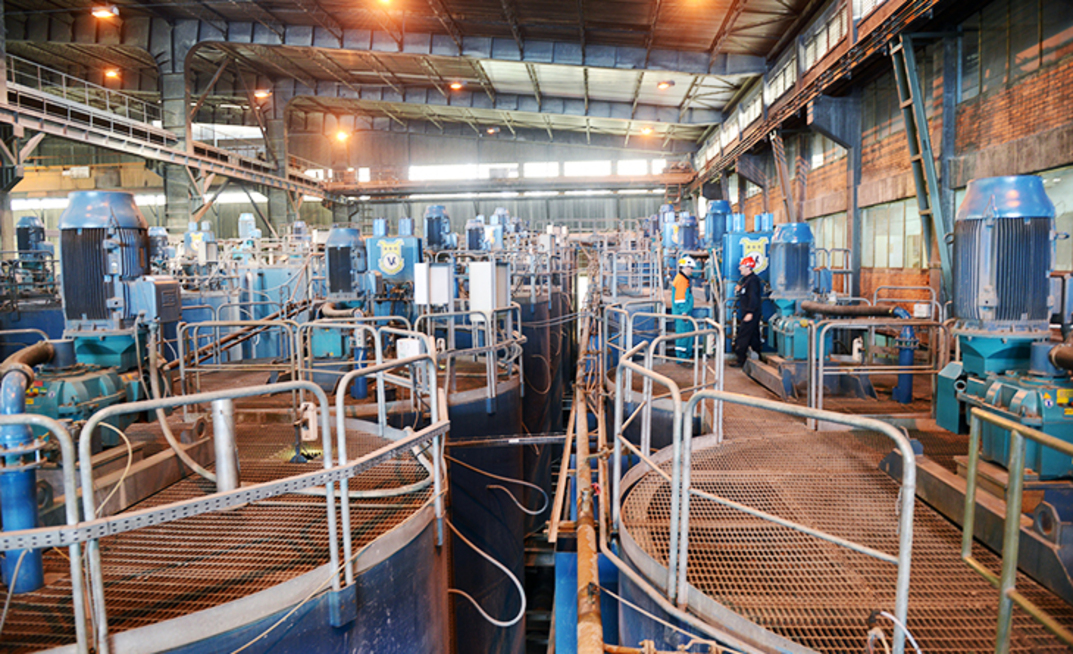In today's mining environment, every percentage matters. Small incremental improvements or reductions in performance can add up to millions of dollars of impact. One key area that needs to be looked at is the performance of a flotation circuit. If it is not delivering to the levels that it should, any additional improvements to your process will not make a difference in production. There are many things that can affect your flotation process and cause it to underperform. Based on encounters in the field, the following are three key issues that need to be reviewed.

1. Changing ore types causing recovery losses
Problem: If input feeds to a flotation circuit never varied, operating parameters could be set and forgotten without worrying about having to make adjustments. Losses can occur when the mineralogy of the feed changes as the mine progresses through the ore body. Because of the changing feed, a float circuit can lose its optimized state. Recovery losses vary depending on the magnitude of mineralogical change and the ability of the operation to remain in optimal condition.
Solution: The solution is to take a holistic approach by looking at the entire process and not just the flotation circuit itself. Understanding the incoming ore characteristics can help operators make appropriate adjustments to get the most out of the flotation circuit. The flotation circuit can be optimised independently by measuring, modelling and simulating, but best improvements are realised when comminution and drill and blast are added to create a holistic approach. Adding solutions that track ore types and monitor flotation parameters can help to maximize recovery and ultimately, revenue.
2. Assembling skilled teams in a cyclical environment
Problem: The mining industry is very cyclic. When the industry goes through a downturn, skill sets are often lost from an operation and can be challenging to replace. Additionally, the industry is less attractive to undergraduates which reduces the amount of appropriately skilled individuals emerging from university. When market conditions improve, operations expand and there is a lack of skilled people to fill the roles.
Solution: Selective outsourcing can be a solution to fill gaps and keep plants operating at optimal performance. It is important to determine what skill sets are critical to keep in-house and what expertise can be sourced from third party suppliers. A further benefit of engaging external experts to fill knowledge gaps is the valuable experience and knowledge gained by a mine's personnel in the process.
3. Maintaining improvements under ever changing conditions
Problem: After reviewing and understanding your current setup as well as assessing staffing needs, a plant often can see a surge in performance as it implements improvements. It is difficult to sustain performance over time as changes are slowly introduced to the system. Feed inputs can begin to vary and staff turnover can create new gaps. Gradual change can throw off optimisation efforts if they are not addressed.
Solution: By using modern automation tools and solutions, the system can retain the knowledge required to maintain high performance levels. Installing sensors throughout the process to monitor things such as input feed characteristics as well as plant performance are good first steps. However, sensors cannot guarantee that your system will continue to perform as it should. Interpretation and understanding the data become critical in order to make the most of collected information from your process. Using advanced process controls to collect, analyse and make intelligent adjustments makes all the difference in helping achieve ideal results from the entire flotation circuit. Finding a partner with both instrumentation expertise and process optimisation knowledge is the key to getting the most out of the process.
The Metso process optimization team has many solutions that can help improve your flotation circuit through a holistic approach. Through a combination of consulting services, instrumentation and advanced process control, Metso has the tools to help you get the most out of your equipment.
Learn more about Metso's Process Optimization (PRO) team on metso.com and in the PRO Brochure.
--
Metso Expert
David Di Sandro | Principal Flotation Expert, Engineering
More on David Di Sandro
David Di Sandro joined the Metso team in 2017 as a Principal Flotation Specialist in Australia. David started his career in Australia at Red Dome Gold mine in the historic mining area of Chillagoe, North Queensland in 1986. He worked in Houston, USA as a Technical Director to a flotation reagent supply business for three years. He has also developed the JKFi test which predicts the floatability of new ores before they are processed.
Facebook: https://www.facebook.com/MetsoWorld
Twitter: https://twitter.com/metsogroup
LinkedIn: https://www.linkedin.com/company/metso/
ABOUT THIS COMPANY
Metso
Metso is a world leading industrial company serving the mining, aggregates, recycling, oil, gas, pulp, paper and process industries. We help our customers improve their operational efficiency, reduce risks and increase profitability by using our unique knowledge, experienced people and innovative solutions to build new, sustainable ways of growing together.
HEAD OFFICE:
- Töölönlahdenkatu 2, FI-00100, Helsinki, Finland
- Phone: +358 20 484 100
- Fax: +358 20 484 101
- Web: www.metso.com/

























